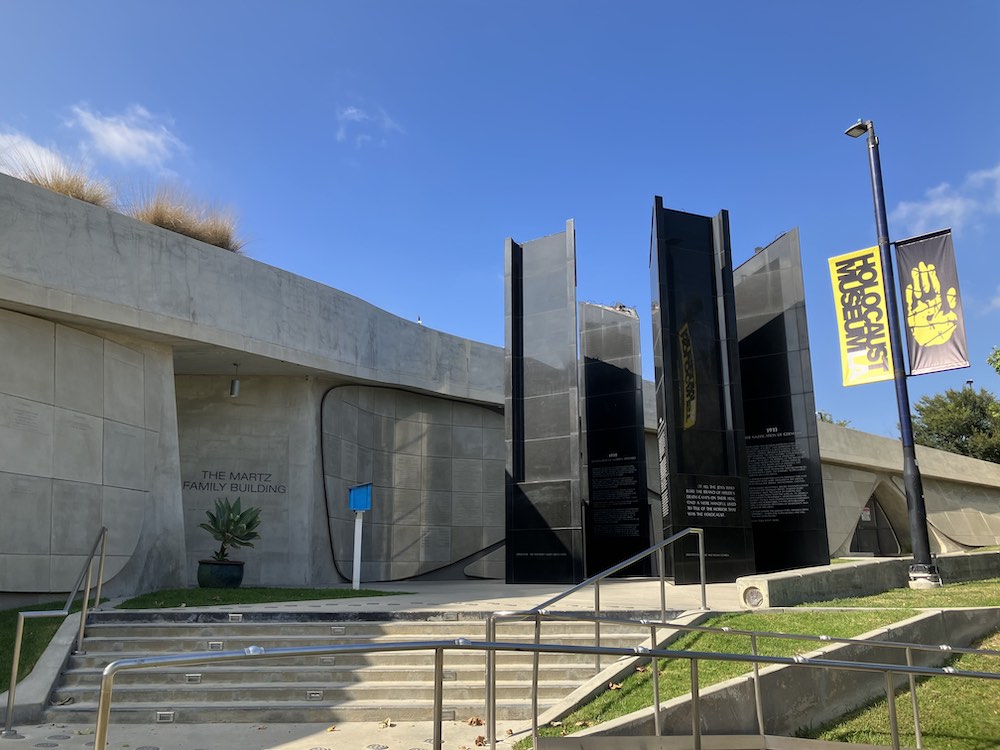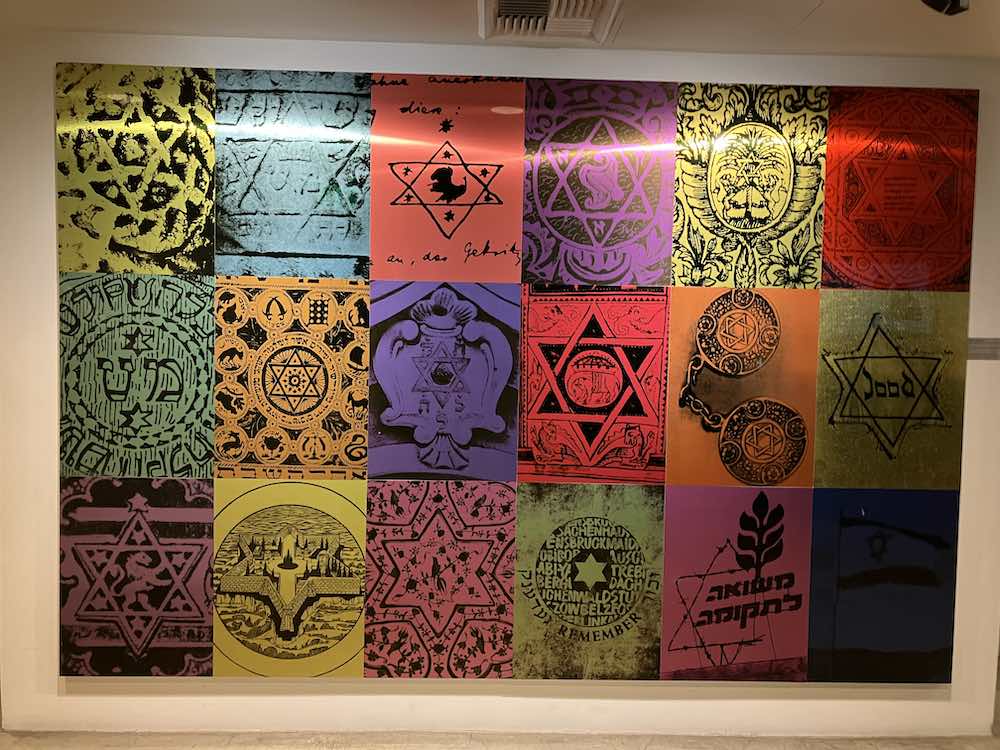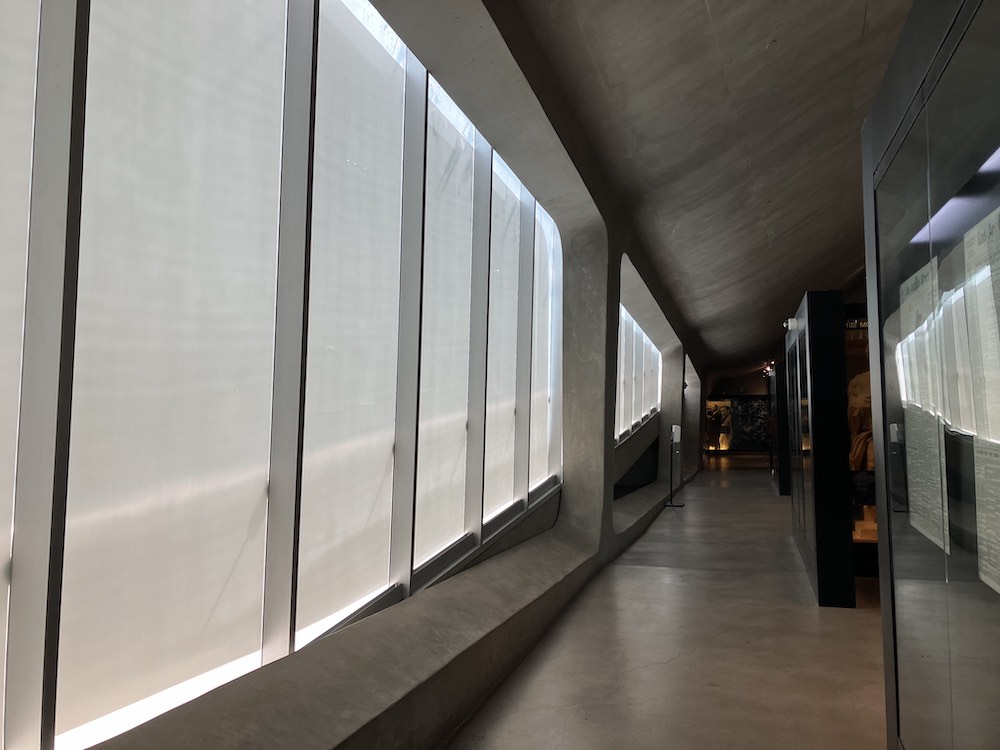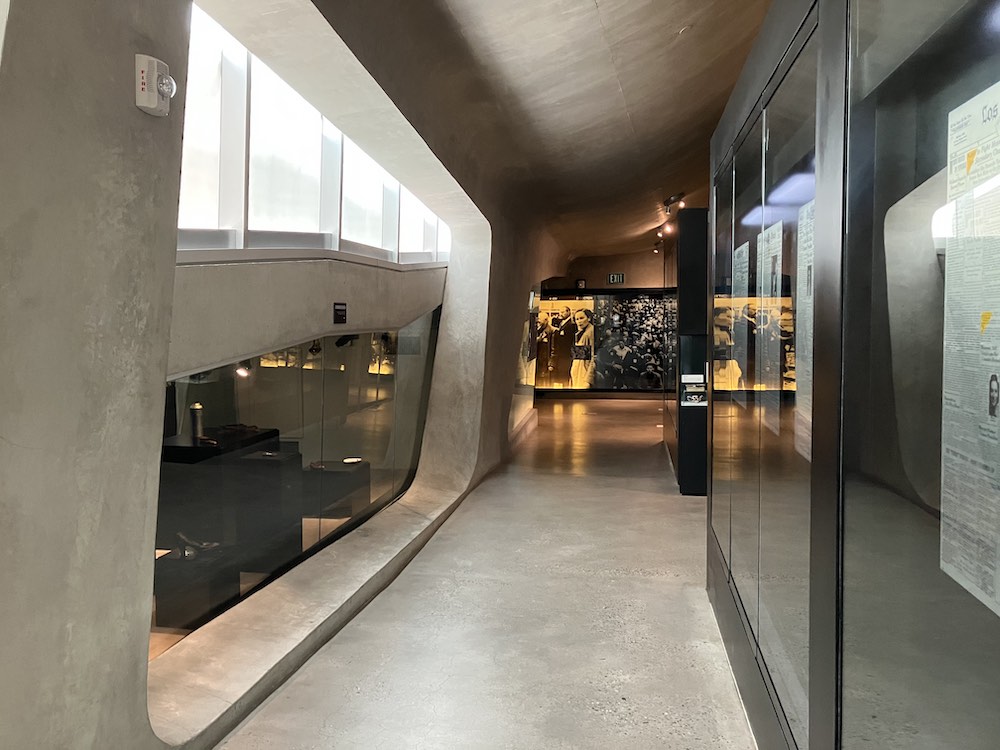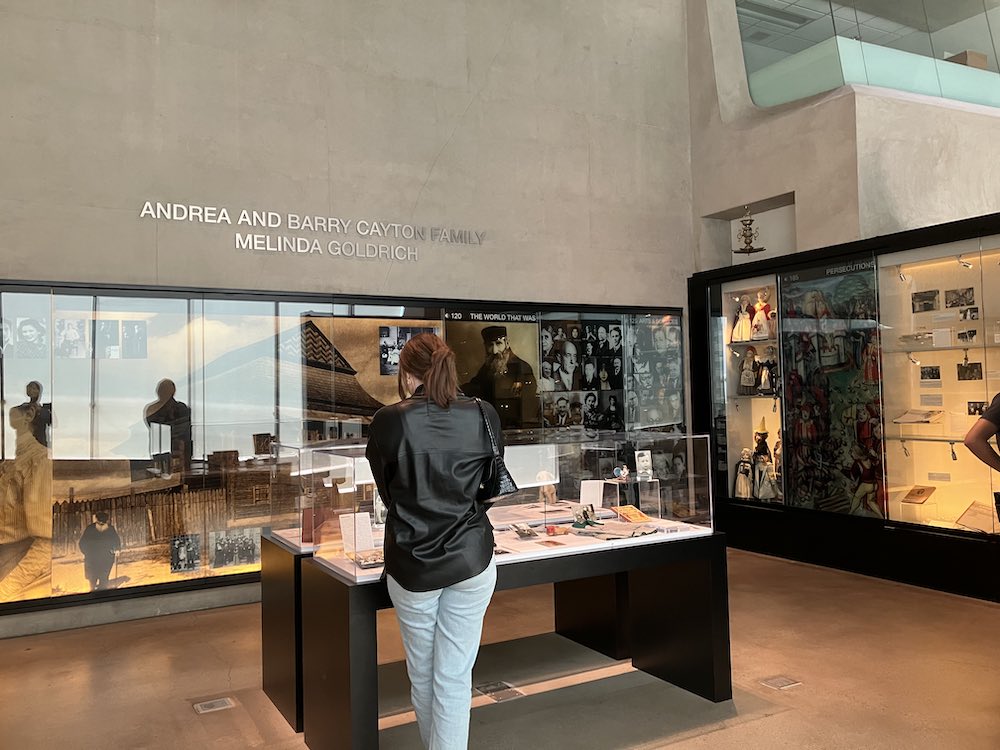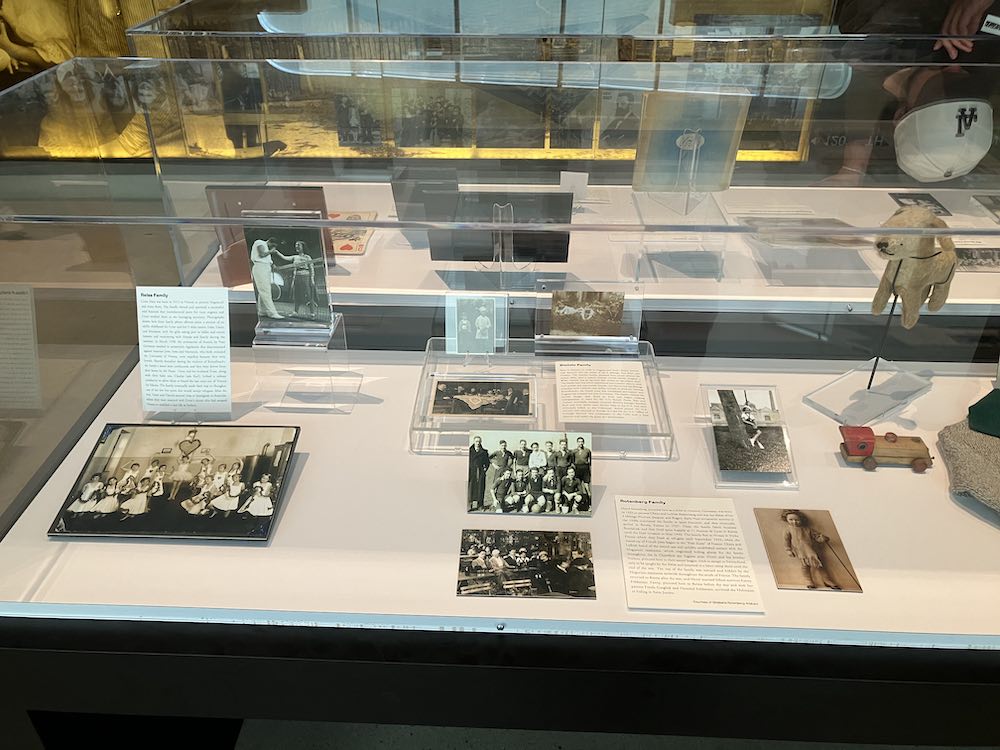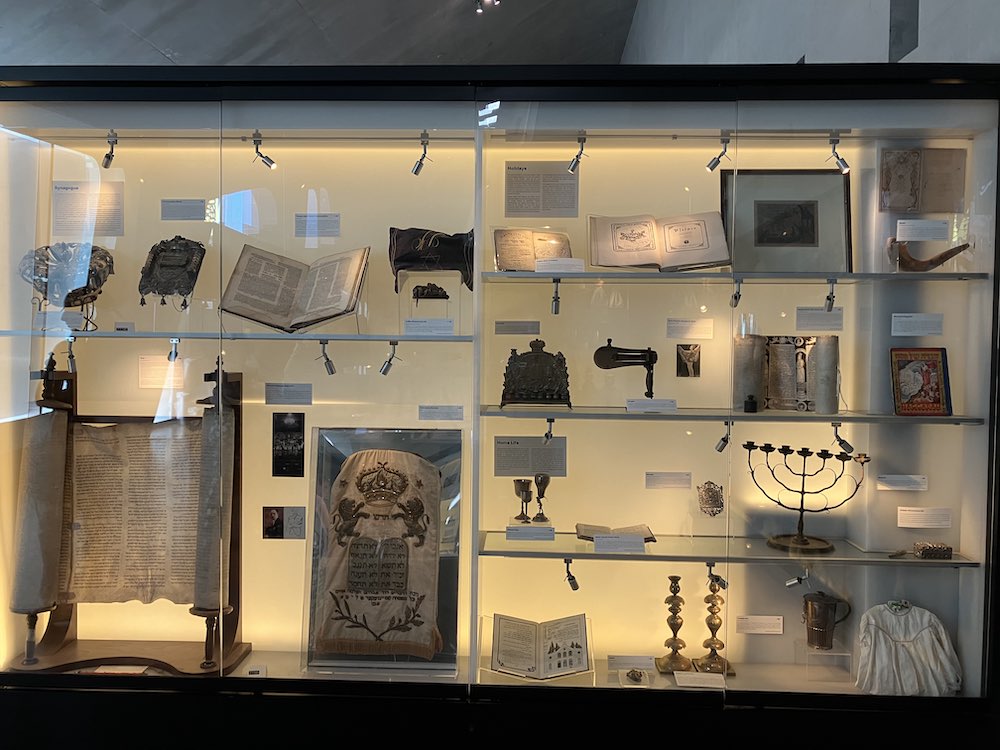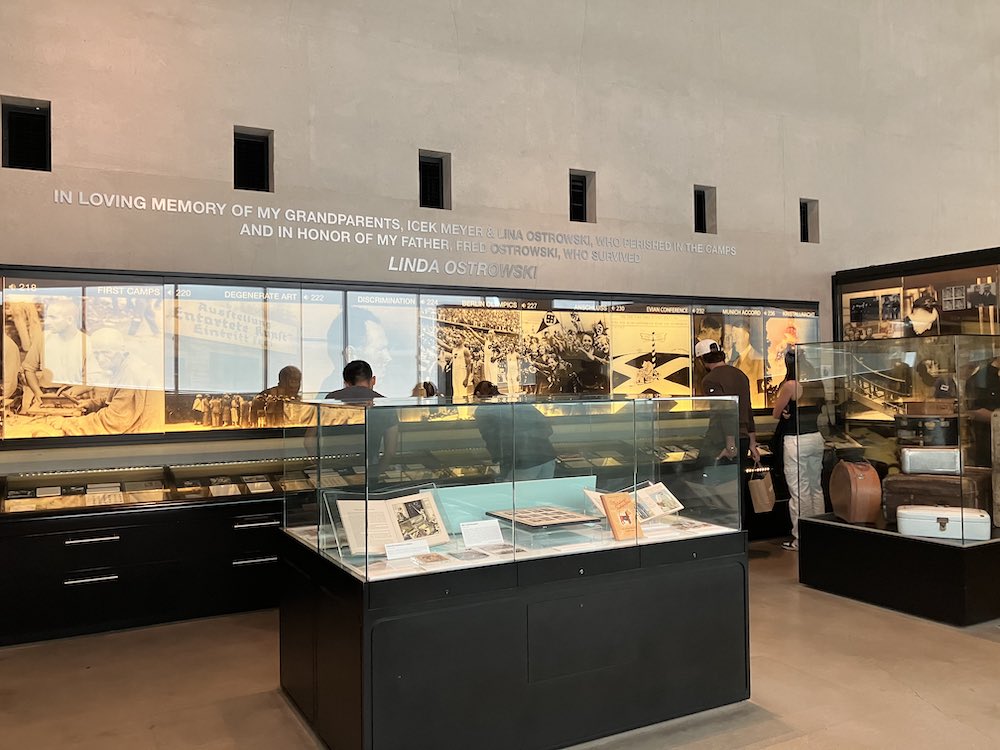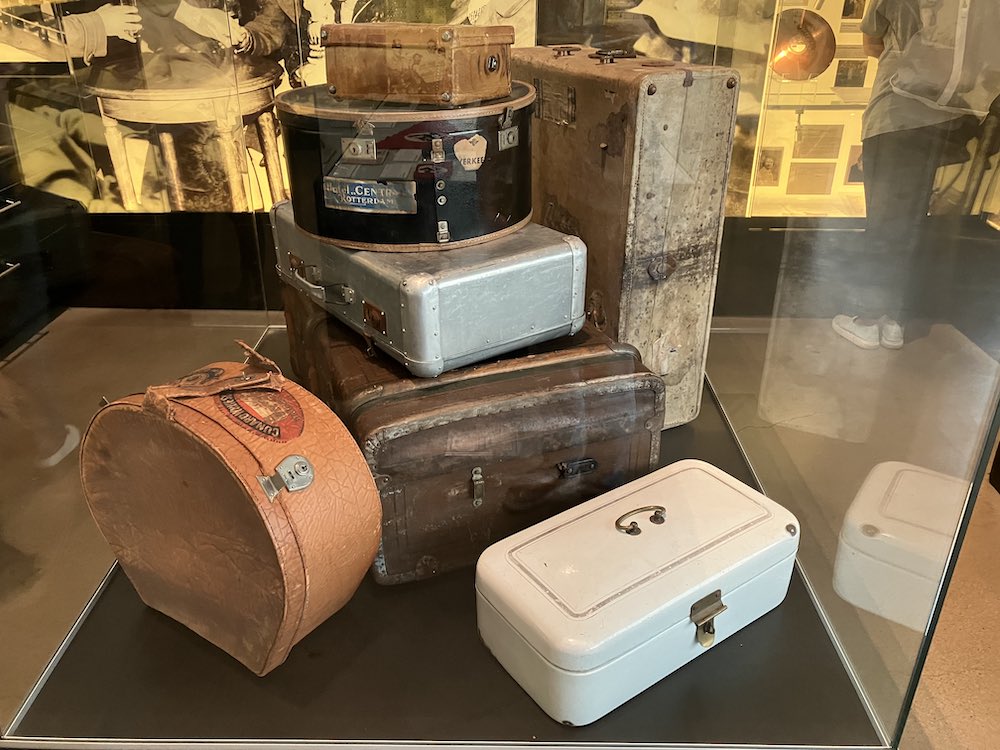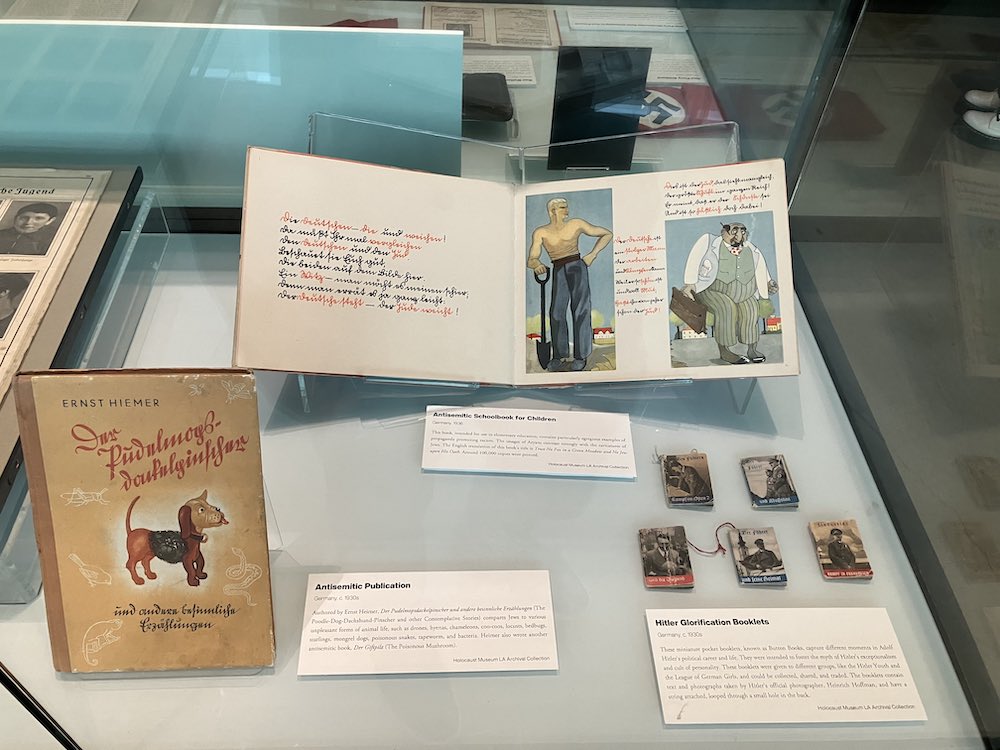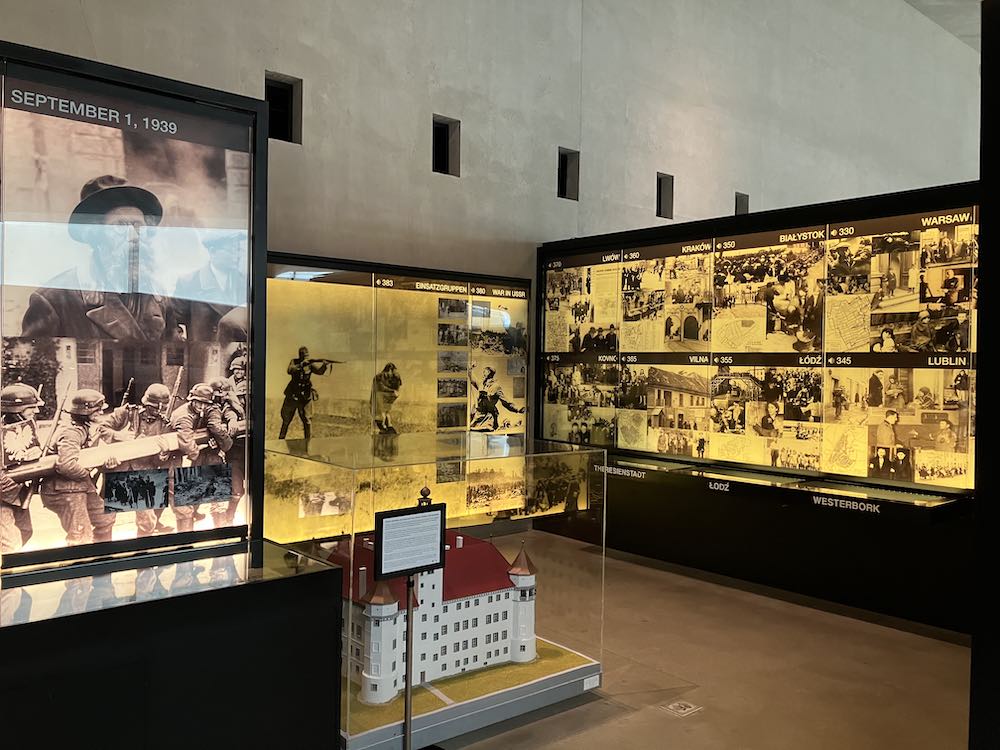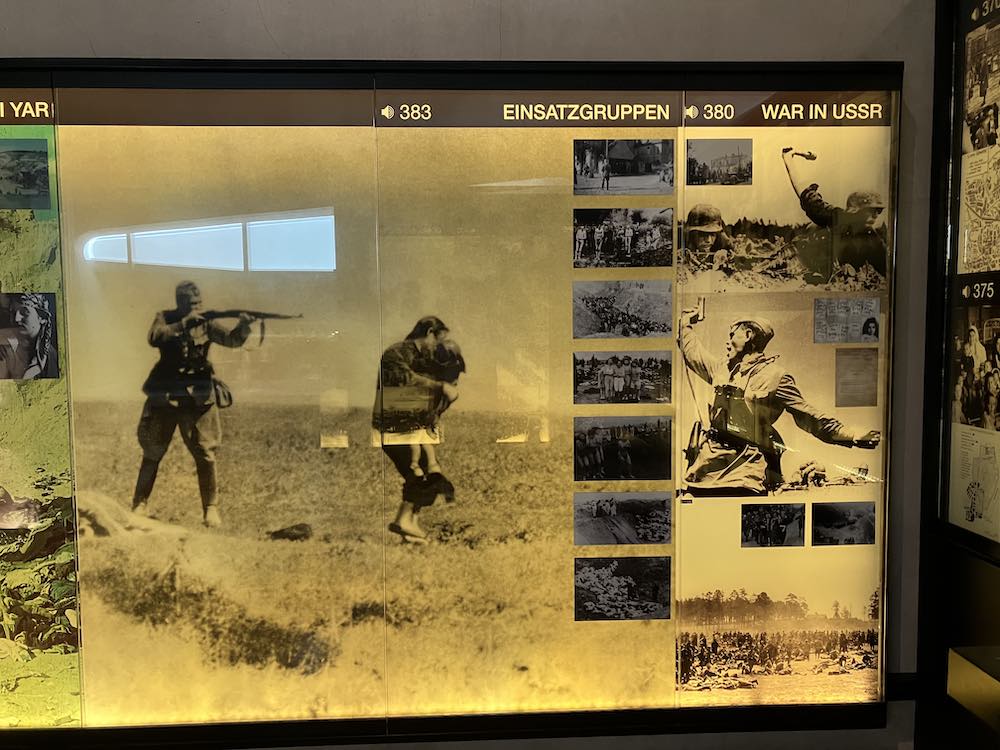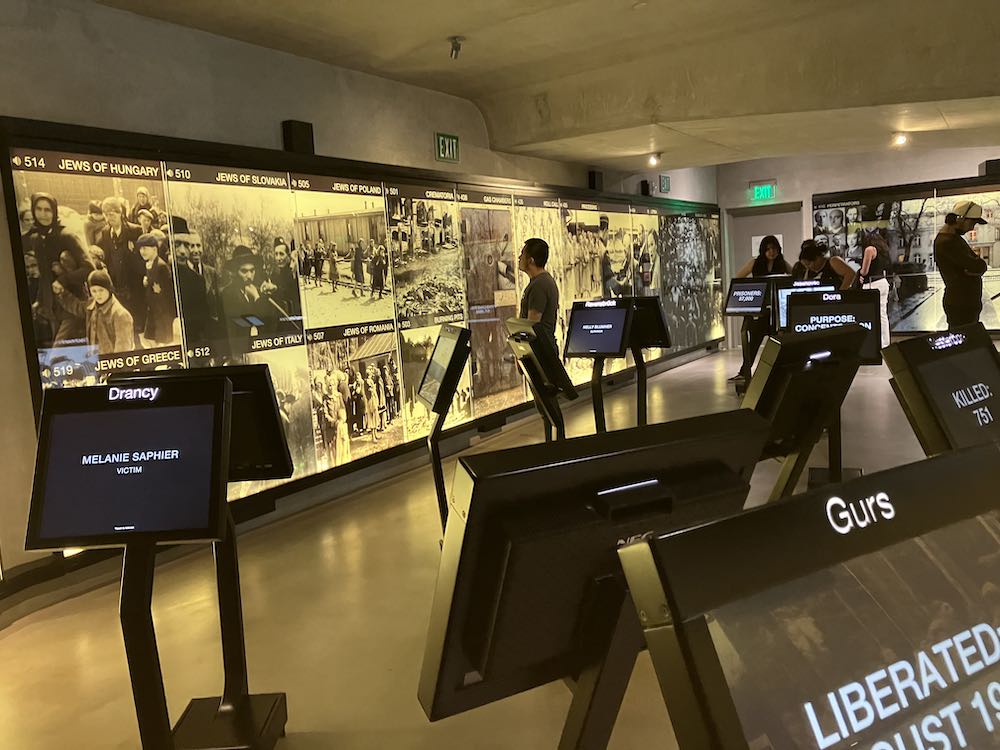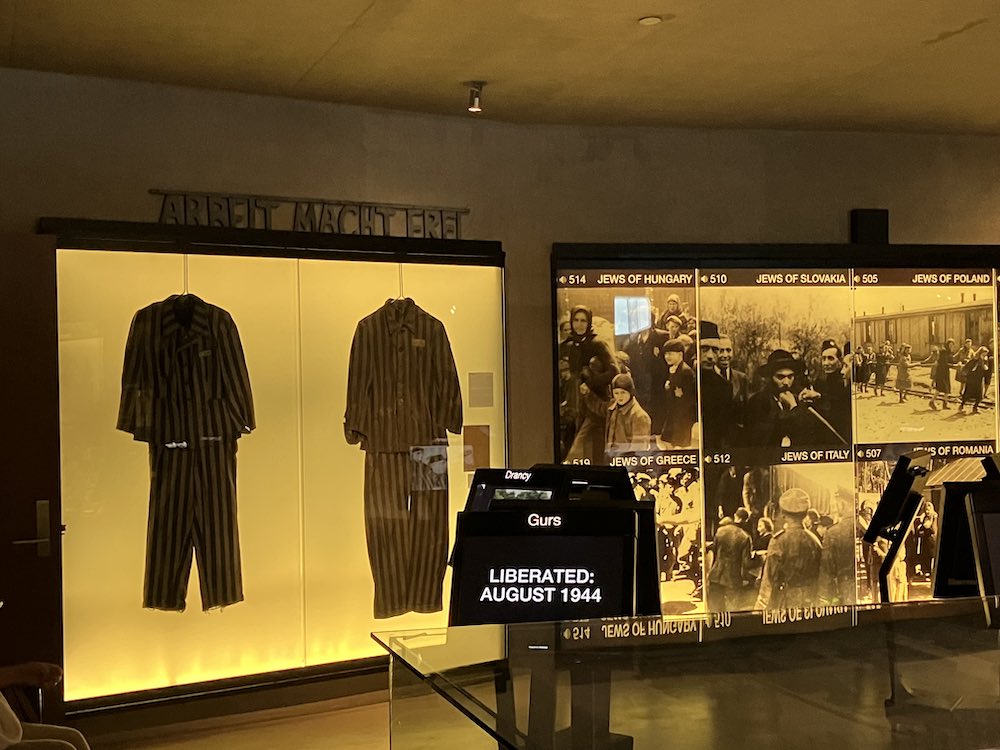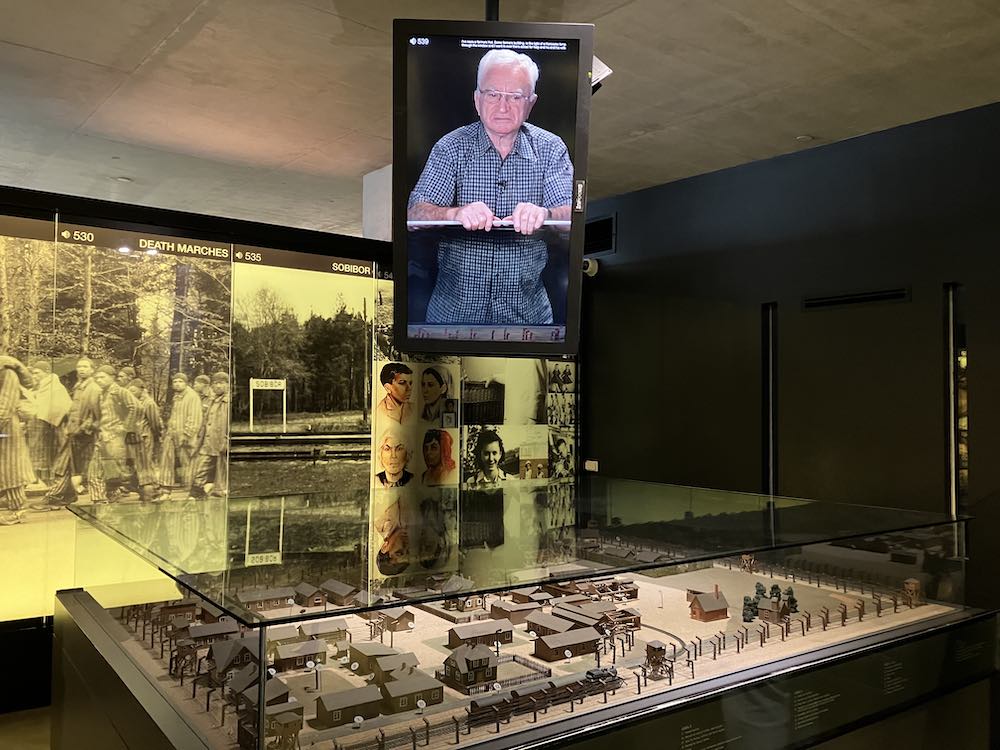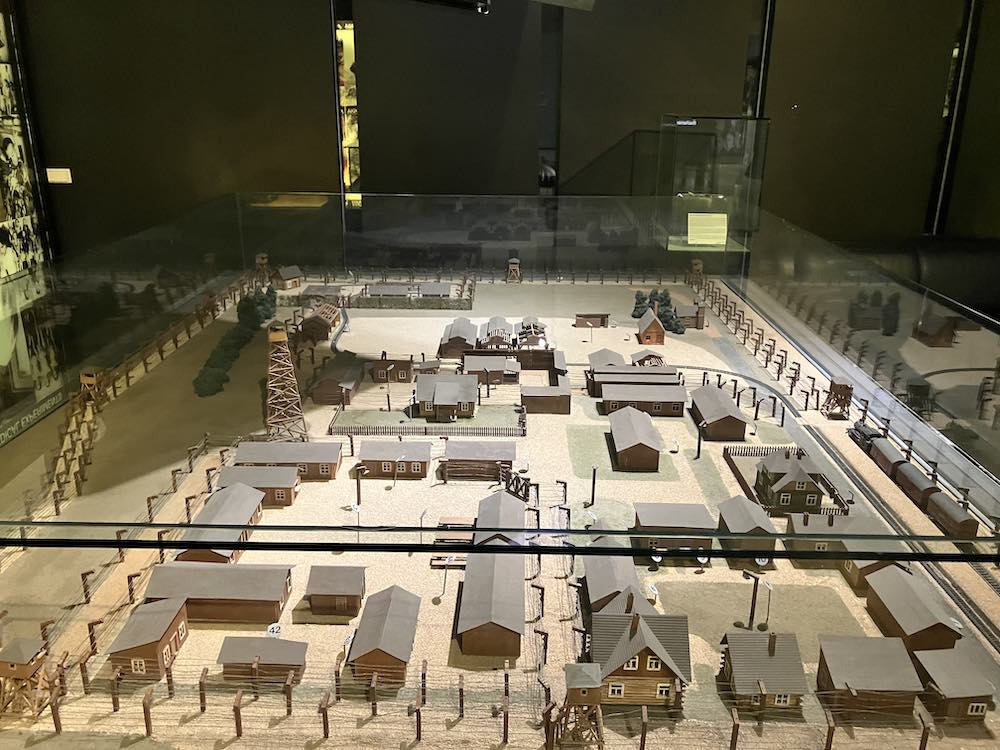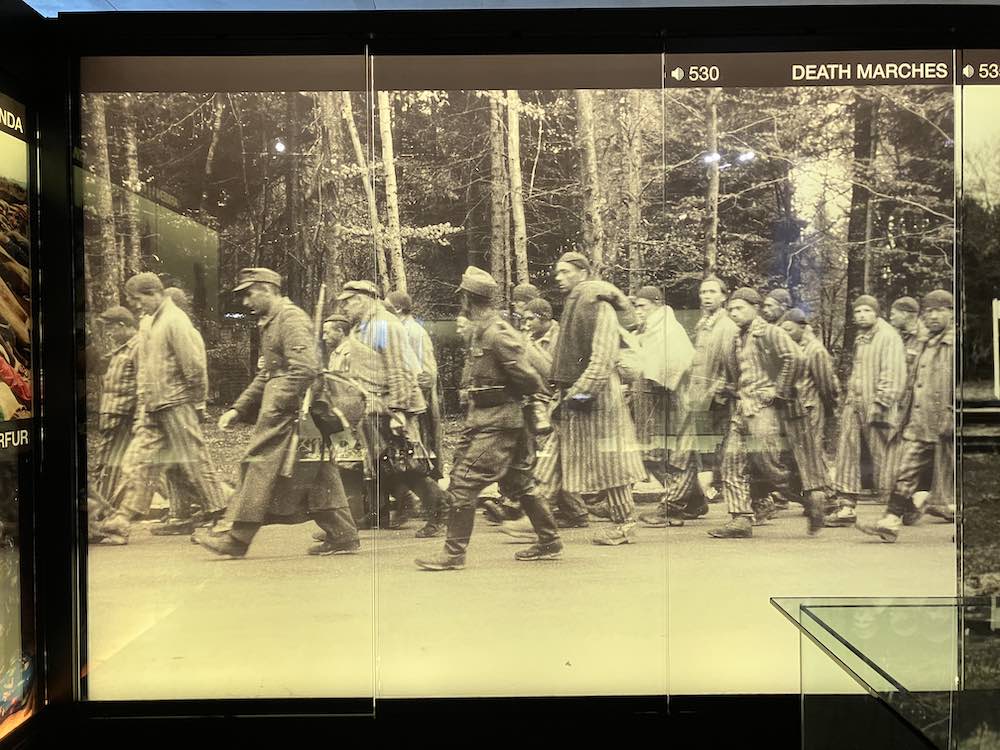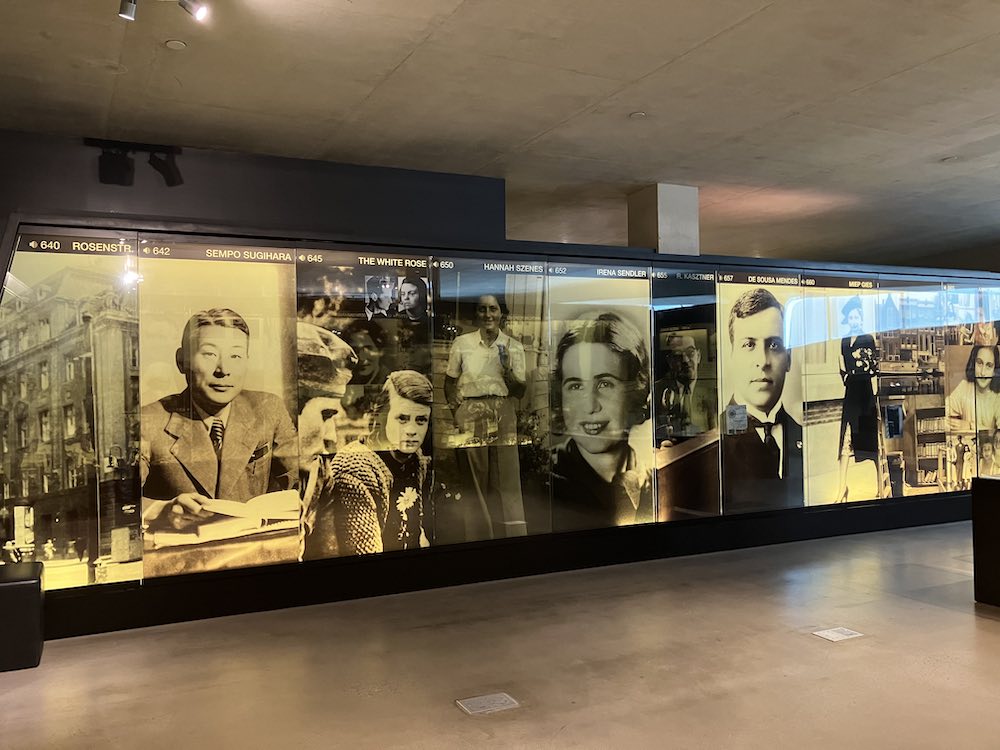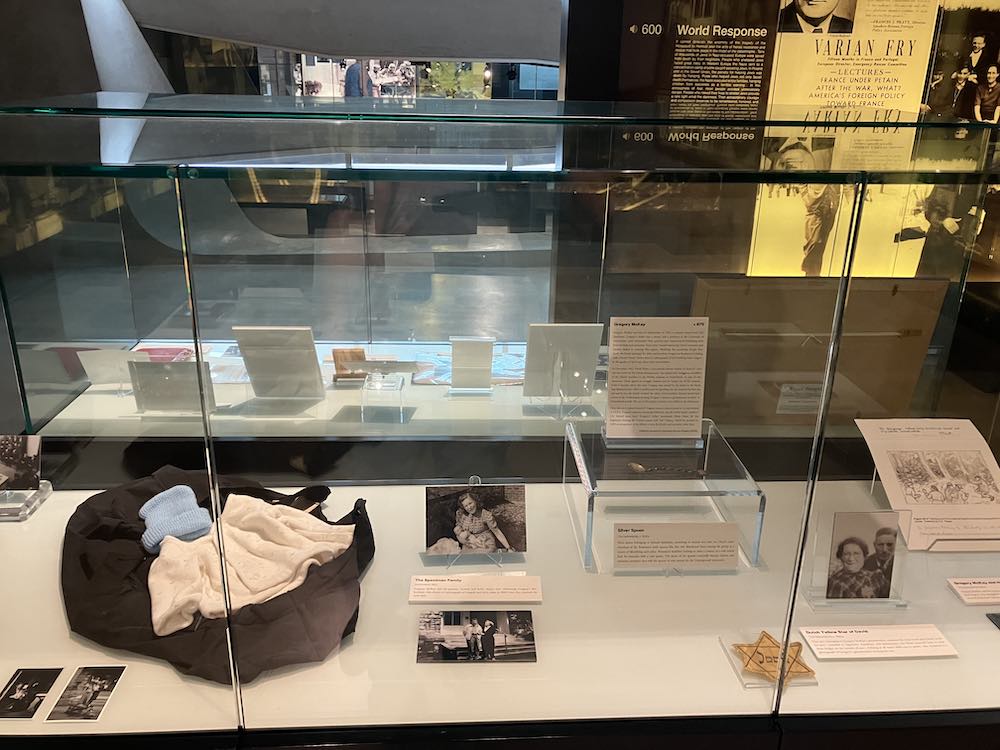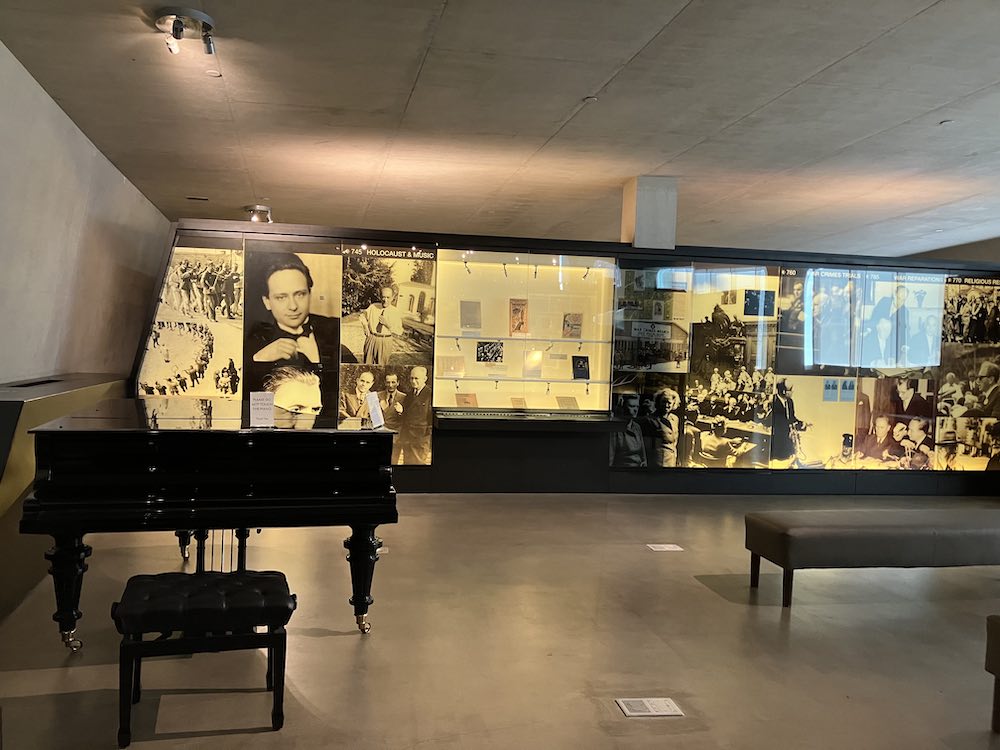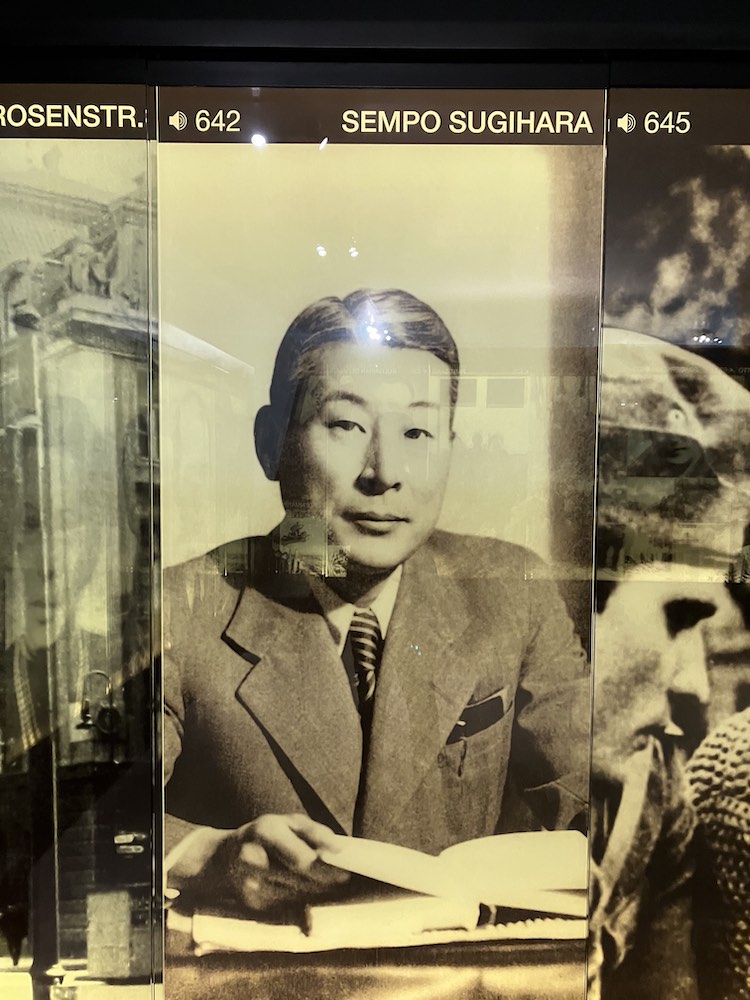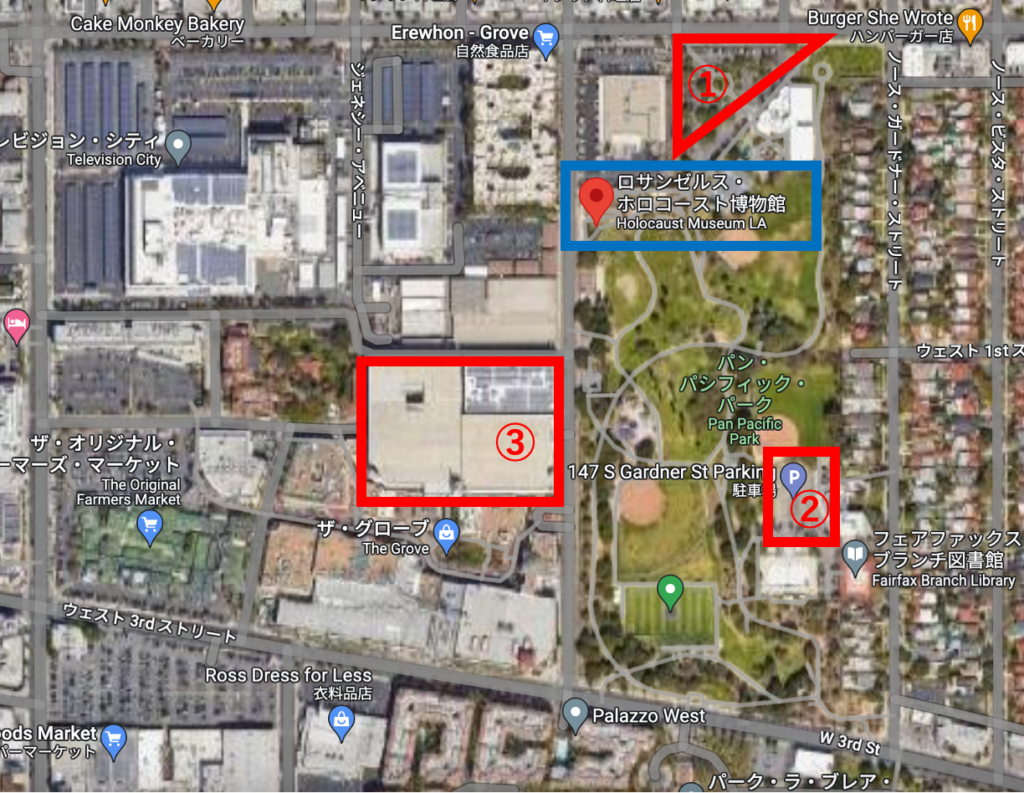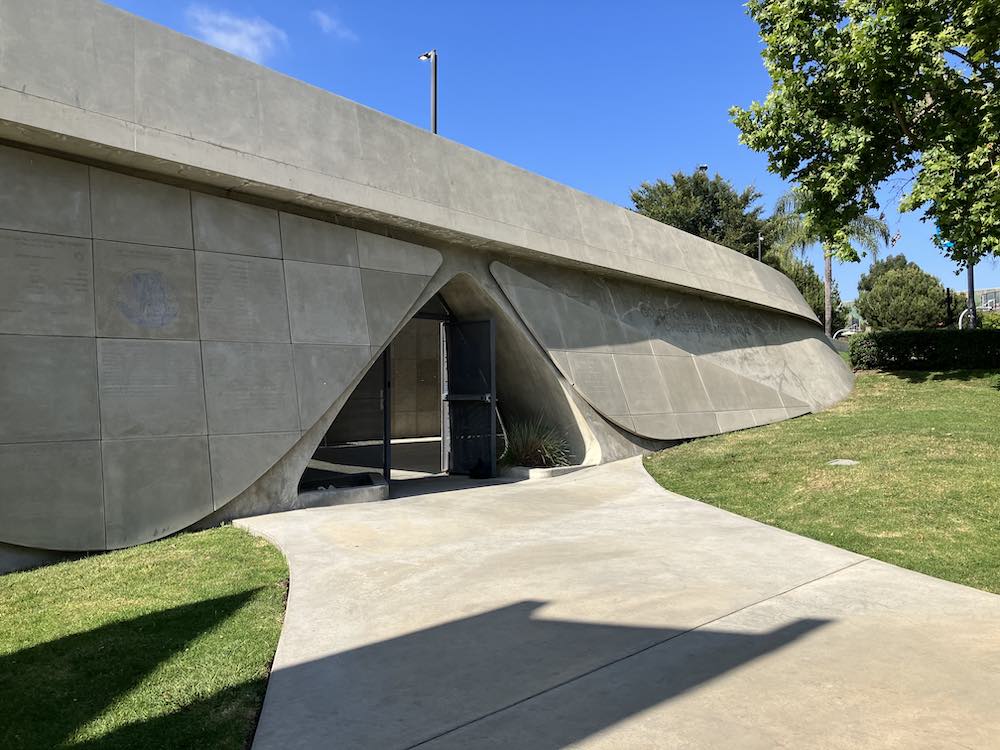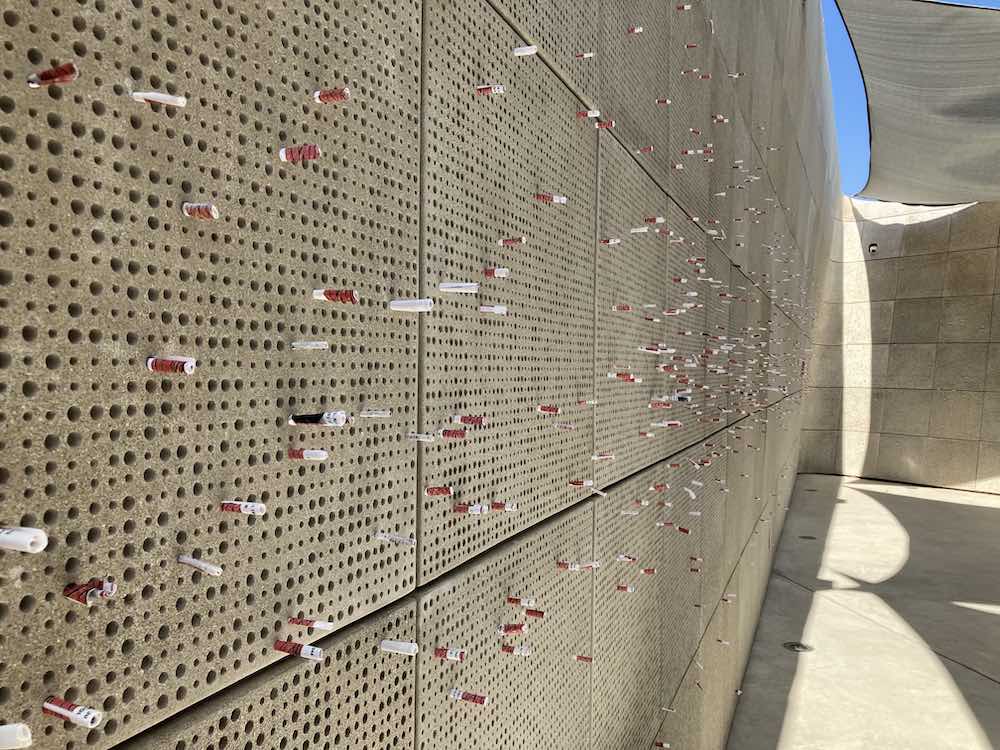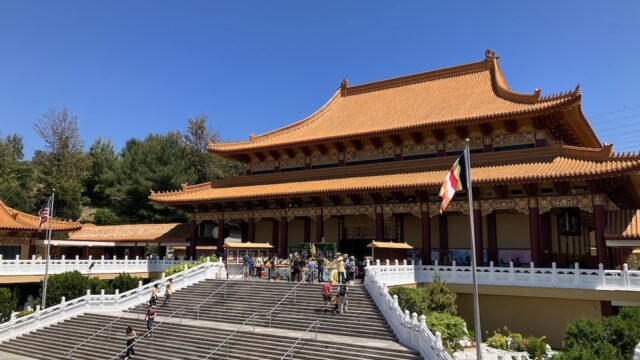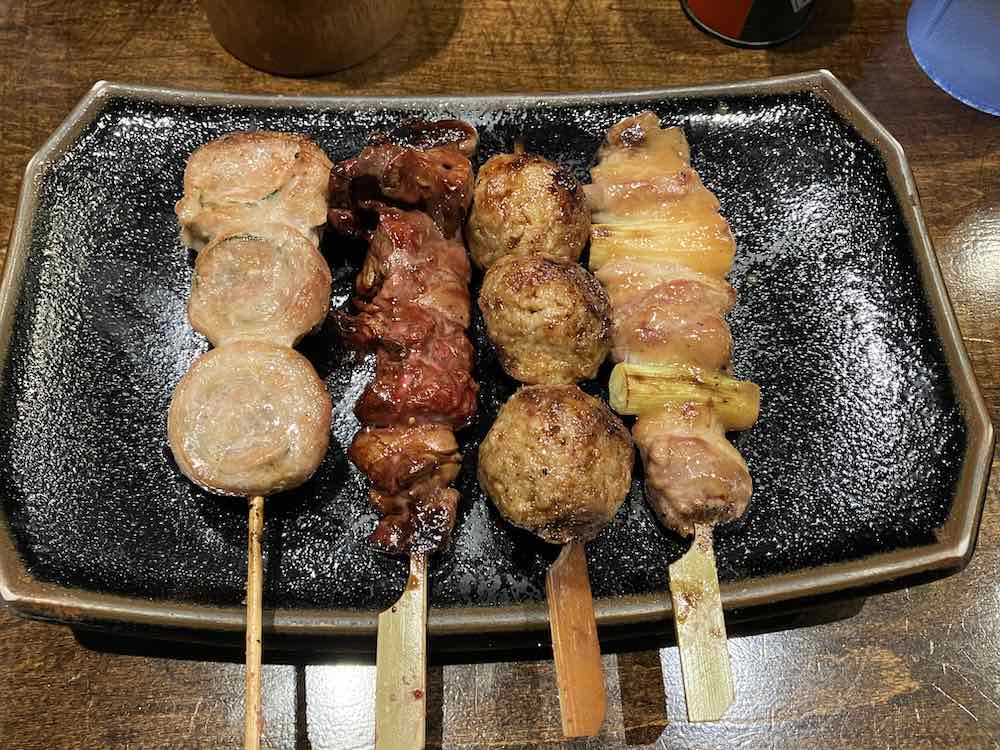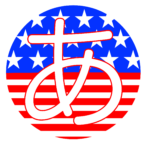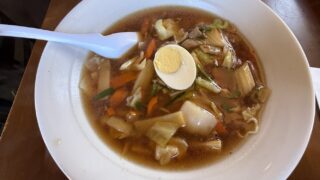はじめに / Introduction
ホロコーストの歴史的背景 / Historical Background of the Holocaust
ホロコーストの歴史的背景は複雑であり、第二次世界大戦前後の政治的・社会的な状況が重要な要素となっています。以下に主な歴史的背景を要約して説明します。
The historical background of the Holocaust is complex and is influenced by the political and social circumstances before and after World War II. Here is a summary of the main historical background:
- 第一次世界大戦(1914年 – 1918年)とドイツの敗北: 第一次世界大戦でドイツは敗北し、経済的・政治的な混乱が生じました。この敗北感や戦争への不満は、ドイツ社会に不安と不安定さをもたらしました。
World War I (1914-1918) and Germany’s defeat: Germany was defeated in World War I, leading to economic and political turmoil. This sense of defeat and dissatisfaction with the war brought anxiety and instability to German society. - ヴァイマル共和国時代(1918年に発足して1933年に事実上崩壊した戦間期のドイツ国の政体): 第一次世界大戦後、ヴァイマル共和国がドイツで樹立されましたが、政治的な対立や社会的な不満が存在しました。経済の混乱、失業率の上昇、インフレーションなどが深刻な問題となりました。
Weimar Republic era (established in 1918 and effectively collapsed in 1933): Following World War I, the Weimar Republic was established in Germany, but there were political conflicts and social unrest. Economic turmoil, rising unemployment, and inflation became serious issues. - ナチスの台頭: ドイツではナチス党(国家社会主義ドイツ労働者党)が台頭しました。アドルフ・ヒトラーがナチス党の指導者となり、反ユダヤ主義、極右のイデオロギー、国家主義を主張しました。
Rise of the Nazis: In Germany, the Nazi Party (National Socialist German Workers’ Party) emerged. Adolf Hitler became the leader of the Nazi Party, advocating anti-Semitism, far-right ideology, and nationalism. - 1933年の権力掌握: 1933年、ヒトラーはドイツの首相に就任し、ナチス党が政権を掌握しました。彼らは反ユダヤ主義的な政策を推進し、ユダヤ人を社会から排除するための法律や規制を導入しました。
Seizure of power in 1933: In 1933, Hitler became the Chancellor of Germany, and the Nazi Party took control of the government. They implemented anti-Semitic policies and introduced laws and regulations to exclude Jews from society. - ユダヤ人迫害と強制収容所: ナチス政権下では、ユダヤ人を始めとする少数民族や政治的・宗教的マイノリティが迫害されました。ユダヤ人に対する法的な差別や迫害活動が行われ、後には強制収容所や絶滅収容所が設立され、数百万人のユダヤ人が虐殺されました。
Persecution of Jews and concentration camps: Under the Nazi regime, minorities including Jews and political or religious minorities were persecuted. Legal discrimination and persecution activities were carried out against Jews, and later, concentration camps and extermination camps were established, resulting in the genocide of millions of Jews.
ホロコーストの歴史的背景は、政治的な対立、社会的な不安定さ、ナチス党の台頭、反ユダヤ主義など多くの要素が絡み合っています。これらの要素がホロコーストの発生を可能にしました。
The historical background of the Holocaust is intertwined with various factors such as political conflicts, social instability, the rise of the Nazi Party, and anti-Semitism. These factors enabled the occurrence of the Holocaust.
極右 : 極端に右翼的な思想を持つ個人や政治集団(過激派)。
イデオロギー : 人間の行動を左右する根本的な物の考え方の体系。観念形態。
国家主義 : 国家を最高の価値あるもの、人間社会の最高の組織と見なし、個人よりも国家に絶対の優位を認める考え方。
絶滅収容所 : 大量殺戮を効率的に行うために収容所。
Far-right : Individuals or political groups with extremely right-wing ideologies (extremists).
Ideology : A system of fundamental ideas or beliefs that influence human behavior. A worldview.
Nationalism : The belief that the nation is of the highest value, the supreme organization of human society, and that the state has absolute superiority over the individual.
Extermination camps : Camps designed for efficient mass killings. They were used to carry out large-scale genocide.
ジェノサイドとホロコーストは、両方とも大量虐殺や人道に対する重大な犯罪ですが、以下にそれぞれの違いを説明。
Genocide and the Holocaust are both massive atrocities and grave crimes against humanity, but here are the differences between them:
ジェノサイド:
ジェノサイドは、特定の民族、人種、宗教、または民族的集団に対して、意図的に絶滅させることを目的とする計画的な行為です。ジェノサイドは国際法で定義され、犠牲者の一部やすべてを破壊することを指します。
Genocide:
Genocide is a deliberate and systematic act with the intent to annihilate a specific ethnic, racial, religious, or ethnic group. It is defined by international law and involves the destruction of a portion or the entirety of the victims.
ホロコースト:
ホロコーストは第二次世界大戦中のナチス・ドイツによるユダヤ人に対する体系的な大量虐殺を指します。ナチス政権下で、ユダヤ人を始めとする少数民族や政治的・宗教的マイノリティが法的な差別や迫害を受け、強制収容所や絶滅収容所に送られ、数百万人が虐殺されました。ホロコーストはジェノサイドの一形態であり、特にユダヤ人に焦点を当てたものです。
Holocaust:
The Holocaust refers to the systematic mass extermination of Jews by Nazi Germany during World War II. Under the Nazi regime, minorities including Jews, as well as political and religious minorities, faced legal discrimination and persecution. They were sent to concentration camps and extermination camps, resulting in the genocide of millions of people. The Holocaust is a form of genocide, specifically focusing on the Jewish population.
ジェノサイドは広い範囲で様々な民族や集団を対象にする可能性がありますが、ホロコーストはユダヤ人に焦点を絞った特定のジェノサイドの例です。ホロコーストはその規模と残虐性から、世界史上最もよく知られたジェノサイドの一つとされています。
While genocide can encompass a wide range of ethnicities and groups, the Holocaust is a specific example of genocide with a focus on the Jewish population. Due to its scale and brutality, the Holocaust is widely recognized as one of the most well-known genocides in world history.
ホロコースト博物館 LA / Holocaust Museum LA
ホロコースト博物館 LA は、ホロコースト生存者によって設立された米国最古の博物館です。米国最大の遺物のコレクションが収蔵されています。ギャラリーは年代順に編成されており、ホロコースト以前のユダヤ人の生活や 1933 年から 1945 年までの重要な歴史的出来事をカバー。博物館内を進むにつれ歴史の変化と共に光と空間が暗く狭くなり、訪問者は恐怖感を体験していく建物の構造になっています。
The Los Angeles Holocaust Museum is the oldest museum in the United States, established by Holocaust survivors. It houses the largest collection of artifacts in the country. The galleries are organized chronologically, covering the lives of Jewish people before the Holocaust and important historical events from 1933 to 1945. As visitors move through the museum, the lighting and space progressively darken and narrow, reflecting the changing history, creating an immersive experience where visitors can feel the sense of fear in the structure of the building.
Web : https://www.holocaustmuseumla.org
7つのギャラリーと展示物
7つのギャラリーに区分けされ、関連の資料が展示ています。
The exhibits are divided into seven galleries, each showcasing related materials.
【1】ホロコースト前の生活 / Life Before the Holocaust
ホロコースト前のユダヤ人の生活、文化、宗教、歴史に関連した資料が展示。
Displays materials related to the lives, culture, religion, and history of Jewish people before the Holocaust.
【2】ナチズムの台頭: 恐怖と欺瞞 / Rise of Nazism: Terror and Deception
1930年代までの国家社会主義(ナチス)党の台頭と、ヒトラーがイデオロギー、プロパガンダ、法律を通じて課した差別的人種政策についての資料が展示。
Exhibits materials on the rise of the National Socialist (Nazi) Party until the 1930s, as well as the discriminatory racial policies imposed by Hitler through ideology, propaganda, and laws.
プロパガンダ :
特定の情報やメッセージを意図的に広め、人々の意識や行動に影響を与えるために使用される手法やコミュニケーションの形態を指します。
Propaganda :
Refers to the techniques and forms of communication deliberately used to spread specific information or messages and influence people’s awareness and behavior.
【3】戦争の始まり、ゲットー化、そして虐殺 / Onset of War, Ghettoization and Murder
ポーランド侵攻、ゲットー化、西ヨーロッパ侵略、アインザッツグルッペン(移動虐殺部隊)、真珠湾攻撃、アメリカにおける日本人個性収容などの1939年から1942年までの歴史的出来事について展示。また、ナチスのT4作戦とヨーロッパのユダヤ人の大量虐殺との関係も描かれています。
Exhibits focus on historical events from 1939 to 1942, including Blitzkrieg, Western European invasions, Einsatzgruppen (mobile killing units), the Pearl Harbor attack, and the internment of Japanese Americans in the United States. The relationship between the Nazi Aktion T4 and the mass extermination of European Jews is also depicted.
ゲットー :
少数民族や特定の人々が強制的に居住させられた地域を指します。16世紀以降ユダヤ教徒をキリスト教徒から隔離するゲットーがフランクフルトアムマインなどにできた。周囲は壁で取巻かれ,門は夜間閉鎖。ゲットーでは、ユダヤ人は非人道的な条件下で生活し、飢餓や疾病などの苦難に直面しました。第二次世界大戦時、東欧諸国に侵攻したナチス・ドイツがユダヤ人絶滅を策して設けた強制収容所もこう呼ばれる。 一方、アメリカ合衆国などの大都市におけるマイノリティの密集居住地をさすこともある。ゲットーは、人々を隔離し統制することで差別や迫害を行う手段として使用されることがありましたが、現代では人権や差別撤廃の観点から問題視される場合があります。
Ghetto :
Refers to areas where minority groups or specific people were forcibly confined. Ghettos emerged from the 16th century onward, isolating Jewish people from Christians in places like Frankfurt am Main. They were surrounded by walls, with gates closed at night. Ghettos subjected Jewish people to inhumane conditions, facing hardships such as hunger and disease. During World War II, Nazi Germany, which invaded Eastern European countries, established forced labor and extermination camps for the annihilation of Jews, which were also referred to as ghettos. On the other hand, it can also refer to densely populated minority neighborhoods in cities like the United States. Ghettos have been used as a means to segregate and control people, leading to discrimination and persecution, although they are now viewed critically from a human rights and anti-discrimination perspective.
T4作戦 :
1939年から1941年にかけてナチス・ドイツで精神障害者や身体障害者に対して行われた「強制的な安楽死」(虐殺)政策である。T4作戦で使われた障害者殺害の手法は、そのままユダヤ人の絶滅計画にも応用され、後のホロコーストにおける大量虐殺の予兆となりました。
Aktion T4 :
The “Aktion T4” was a policy of “forced euthanasia” (mass killings) implemented by Nazi Germany from 1939 to 1941, targeting mentally and physically disabled individuals. The methods used in the Aktion T4 for the killing of disabled individuals were later applied to the extermination plan for Jews, foreshadowing the mass killings in the subsequent Holocaust.
【4】逮捕、国外追放、強制収容所での生活 / Arrestation, Deportation and Life in the Concentration Camps
強制収容所の場所、目的、運営、範囲についての考察。収容所での非人間化の過程と人々がどのようにして滅び、生き残ったのかが紹介されています。
Explores the locations, purposes, operations, and scope of the concentration camps. The process of dehumanization within the camps and how people perished or survived is showcased.
【5】労働、強制収容所、死の収容所 / Labor, Concentration and Death Camps
約25万人のユダヤ人が殺害されたポーランド東部のソビボル死の収容所の模型は、50人の生存者の一人であるトーマス・ブラットによって建設。
Features a model of the Sobibor death camp in eastern Poland, where approximately 250,000 Jews were killed. The model was constructed by Thomas Blatt, one of the fifty survivors.
【6】世界の対応、抵抗、救助 / World Response, Resistance and Rescue
ホロコースト中、ナチスの行為に抵抗し行動を起こした人々について展示。
Highlights individuals who resisted and took action against Nazi atrocities during the Holocaust, as well as the global response to these events.
【7】ホロコースト後の解放と生活の構築 / Liberation and Building Life After the Holocaust
解放後の生活、避難民キャンプ、戦争犯罪裁判、生活の再建について説明されています。
Explores post-liberation life, refugee camps, war crime trials, and the process of rebuilding lives after the Holocaust.
教育プログラム / Education Programs
ホロコーストに関する講義、ガイド付きツアー、特別イベント、ワークショップなど学校や一般の訪問者向けに教育プログラムを提供しています。教育プログラムは、歴史の理解とホロコーストの教訓を広めることを目指しています。
The museum offers educational programs for schools and general visitors, including lectures, guided tours, special events, and workshops related to the Holocaust. These programs aim to promote an understanding of history and disseminate the lessons of the Holocaust.
Upcoming Programs : https://www.holocaustmuseumla.org/upcoming
杉原 千畝(すぎはら ちうね)/ Chiune Sugihara
杉原千畝(すぎはら ちうね)は1900年に日本の岐阜県で生まれ、日本の外交官であり、ホロコースト期間中にユダヤ人を救出したことで知られる人物です。以下に杉原千畝の概要を説明します。
Chiune Sugihara, born in 1900 in Gifu Prefecture, Japan, was a Japanese diplomat known for rescuing Jewish people during the Holocaust. Here is an overview of Chiune Sugihara:
1939年、当時リトアニアの首都であったカウナスに日本領事館開設のため領事代理として赴任。当時の日本では、日本通過ビザの発給が認められるユダヤ人として、「通過査証は、行き先国の入国許可手続を完了し、旅費及び本邦滞在費等の相当の携帯金を有する者に発給する」との指示にある要件を満たす必要があり、外務本省はあくまでこの規則に従っていたため、杉原に対して資格を持たないユダヤ人へのビザ発給の許可を出すことは最後までありませんでした。
In 1939, Sugihara was appointed as a consul at the Japanese consulate in Kaunas, which was then the capital of Lithuania. At the time, Japan allowed the issuance of transit visas to Jewish people who met the requirements, stating that visas would be granted to individuals who had completed the immigration procedures of the destination country and had sufficient funds for travel and stay. The Ministry of Foreign Affairs strictly adhered to these regulations, which meant that Sugihara was not authorized to issue visas to Jewish people who did not meet the criteria.
しかし、杉原千畝は外務本省の指示に反して自身の権限を使って本来なら日本への入国を許可されないユダヤ人に対し、日本のビザを発給しました。その結果、数千人以上のユダヤ人を救出し、彼らが脱出する手助けをしました。
However, Sugihara defied the instructions from the Ministry of Foreign Affairs and used his own authority to issue Japanese visas to Jewish people who would not have been granted entry into Japan otherwise. As a result, he saved over a thousand Jewish people and assisted them in their escape.
戦争が進む中で、杉原千畝は日本政府の命令によりリトアニアを離れ、他の地域での外交活動に従事しました。彼の行動は長い間忘れられていましたが、1985年にイスラエル政府から「諸国民の中の正義の人賞(ヤド・バシェム賞)」を受賞。その後、世界中で彼の行為が広く知られるようになりました。
As the war progressed, Sugihara left Lithuania under orders from the Japanese government and engaged in diplomatic activities in other regions. His actions remained largely forgotten for many years, but in 1985, he was posthumously honored with the “Righteous Among the Nations (Yad Vashem)” award by the Israeli government. Since then, his deeds have become widely known around the world.
杉原千畝の勇敢な行動は、ホロコースト時における人道的な救援勇気の象徴として称賛されています。
Chiune Sugihara’s courageous actions are praised as a symbol of humanitarian rescue and bravery during the Holocaust.
営業時間と入場料 / business hours and Entrance Fee
営業時間:月曜日〜日曜日 10 am – 5 pm
Business hours : Monday through Sunday 10 am – 5 pm
入場料 / Entrance Fee
Adults (18+) :$15
Seniors (65+) : $10
Military : $10
Teachers (with valid ID) : FREE
Students (with valid student ID) : FREE
Child (17 and under) : FREE
- Holocaust Museum LA is free all-day Sunday.
Ticket : https://www.holocaustmuseumla.org/tickets
ホロコースト博物館 LA へのアクセス方法 / Access
ロサンゼルス空港から車で約30分。
It takes about 30 minutes by car from Los Angeles International Airport.
駐車場 / Parking
Parking①②は、無料パーキング in パン・パシフィック・パーク内。
Parking③は有料パーキング in ザ・グローブパーキング。
Parking fee:https://www.parkme.com/lot/39512/the-grove-los-angeles-ca
アプリ / Apps
アプリにてホロコースト博物館の音声ガイダンスを聴くことができます。
You can listen to the audio guide of the Holocaust Museum through the app.
Apple store : https://apps.apple.com/us/app/bloomberg-connects/id1476456847
Google play : https://play.google.com/store/search?q=Bloomberg%20Connects&c=apps
まとめ / Summary
ホロコースト博物館 LA は、人類の暗い過去を未来へと伝える施設です。ホロコーストの歴史を学び、未来へとその教訓伝えて行かなければなりません。
The Holocaust Museum LA is a facility that conveys humanity’s dark past into the future. We must learn the history of the Holocaust and continue to pass on its lessons to the future.
Holocaust Museum LA
HP : https://www.holocaustmuseumla.org/
Yelp : https://www.yelp.com/biz/holocaust-museum-la-los-angeles
